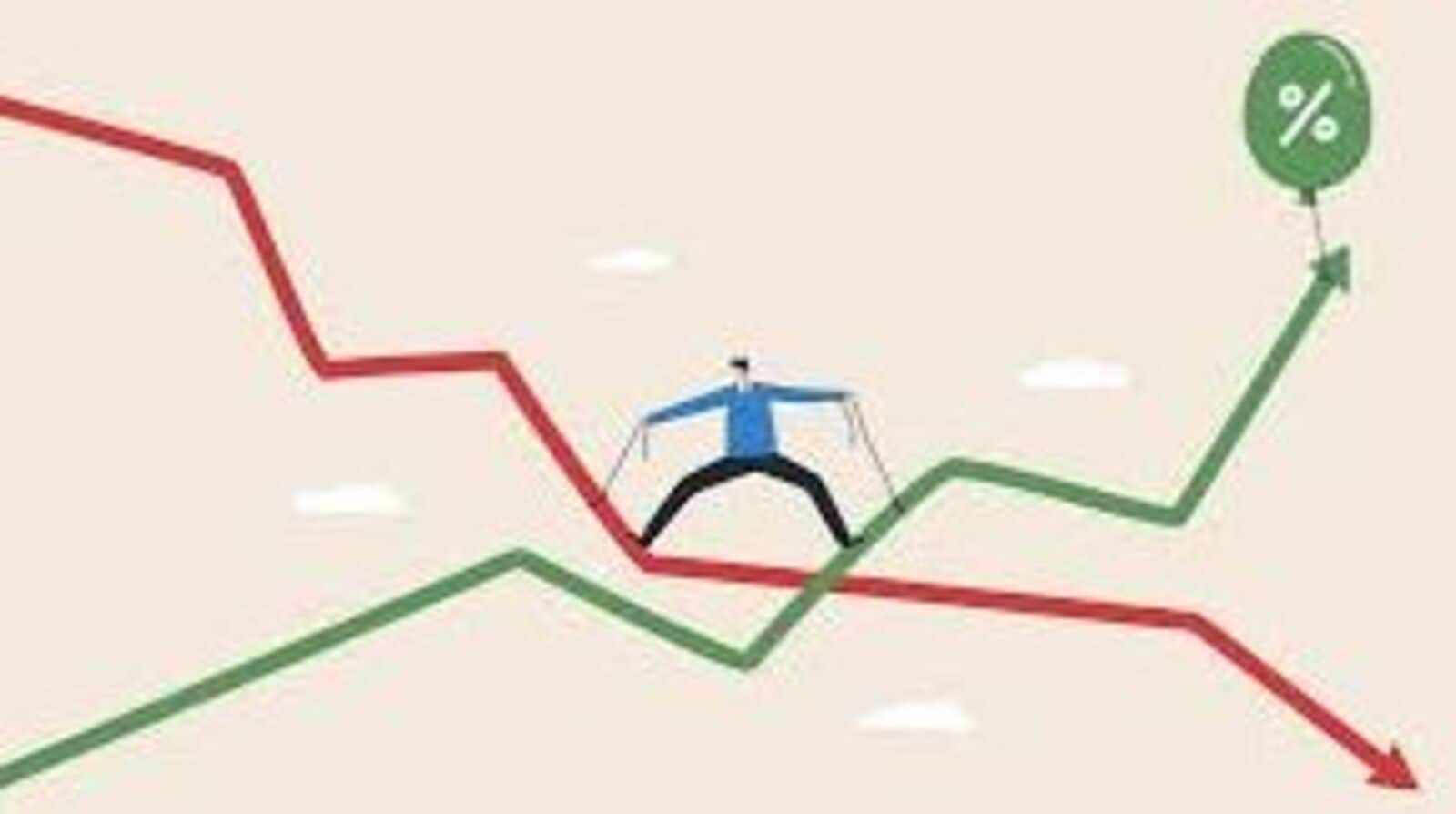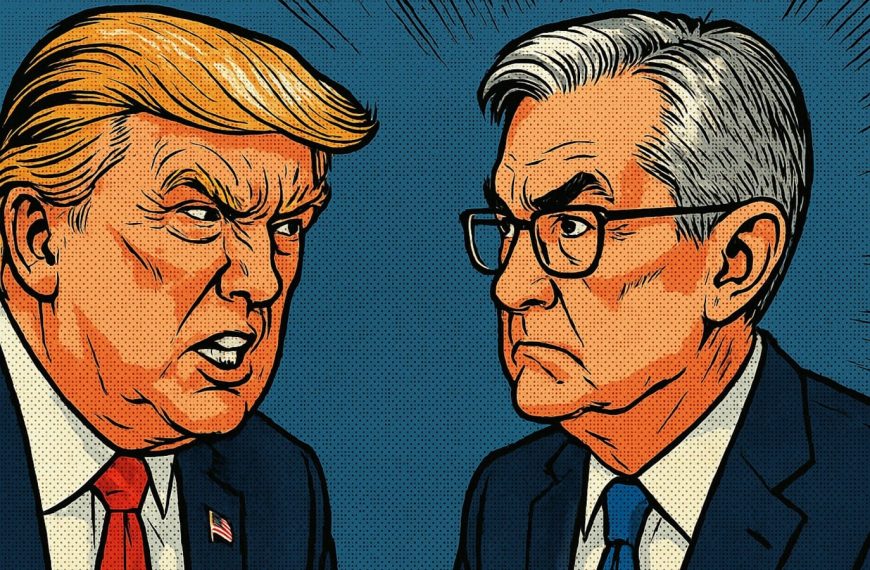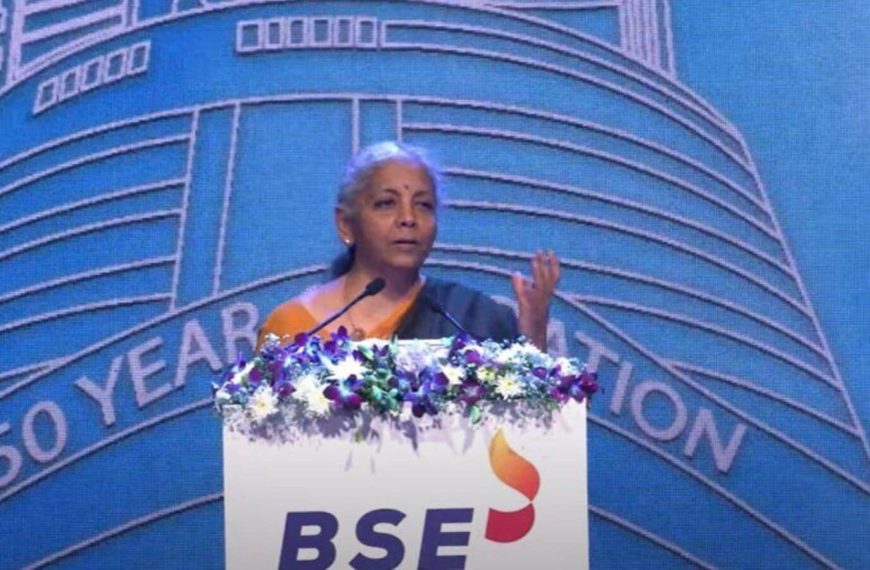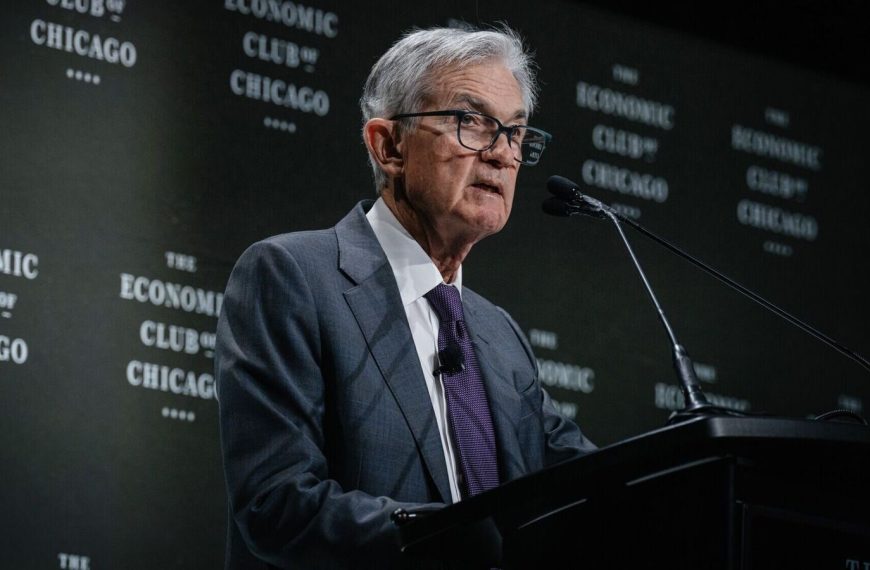Economists Predict Stability in BOJ Policy with Eyes on Future Rate Hikes
As the Bank of Japan (BOJ) gears up for a crucial two-day meeting concluding on March 19, all 52 economists surveyed anticipate no significant changes to monetary policy. The consensus points to July as the preferred timeframe for the next interest rate increase, although expectations have slightly shifted—48% now predict a move in July, down from 56% in a prior poll.
Rate Hike Predictions and Trends
A substantial 76% of respondents forecast that the BOJ will maintain a steady pace of rate hikes, anticipating the next increase to occur between June and September. Interestingly, there’s a growing sentiment for an earlier move, with 13% of economists projecting an increase as soon as May 1, a notable rise from just 4% in the last survey.
- July: 48% expect a hike
- May 1: 13% predict an earlier increase
- June to September: Majority expects hikes within this range
Adjusted Expectations for Benchmark Rates
While the overall outlook for the BOJ’s rate hike trajectory remains unchanged, economists have adjusted their long-term expectations. The anticipated terminal rate has risen to 1.25%, up from 1% in previous forecasts. This marks a significant increase from a year ago when the projected rate was merely 0.5%.
Market Reactions and Economic Context
Recent market trends reflect these shifting perceptions. Japan’s 10-year bond yields have surged over the past month, reaching levels not seen since 2008. This increase signals a reevaluation by investors regarding the trajectory of the BOJ’s current hiking cycle. Governor Kazuo Ueda will convene next week as the bank continues to navigate the complexities of global economic uncertainties exacerbated by rising protectionism.
According to Shinichiro Kobayashi, chief economist at Mitsubishi UFJ Research & Consulting, "Given the high uncertainties in the global economy, including the risks posed by U.S. tariffs, rapid rate hikes are not essential." He anticipates the next increase to occur around July, maintaining a gradual approach.
External Pressures Impacting Rate Decisions
The survey reveals that nearly three-quarters of BOJ analysts believe recent U.S. tariff discussions could hinder Japan’s economic growth, potentially delaying the bank’s rate hike strategy. Although international clouds loom, over half of the respondents noted that Japan’s economic and inflation data are aligning well with the BOJ’s forecasts.
- 4%: Japan’s inflation rate as of January, exceeding the BOJ’s target
- 5.28%: Last year’s wage increase result that influenced policy changes
Wage Negotiations Under Scrutiny
As the spring wage negotiations approach, the outcomes will be under close observation. Despite concerns, the BOJ may not be disheartened if the results fall below last year’s figures, provided that wage increase pledges exceed 4.4%, according to median estimates.
When asked about the timing for potential rate hikes, May emerged as the favored month, with 50% of economists selecting it. A smaller portion, 24%, opted for June, while 10% pointed to the upcoming meeting.
The Yen’s Influence on Monetary Policy
Analysts are also wary of the yen’s fluctuations, which could significantly impact BOJ policy. A weak yen has been a critical factor in the bank’s recent rate hikes. Daisuke Karakama, chief market economist at Mizuho Bank, stated, "The level of the yen against the dollar is crucial for determining the likelihood of a rate hike."
In conclusion, the BOJ’s upcoming meeting will be pivotal as economists and market participants closely monitor both local economic indicators and global geopolitical developments. The evolving landscape suggests that while stability is expected in the near term, the potential for rate hikes looms on the horizon.











